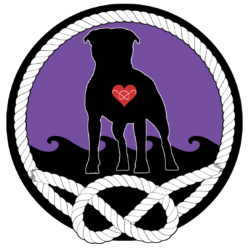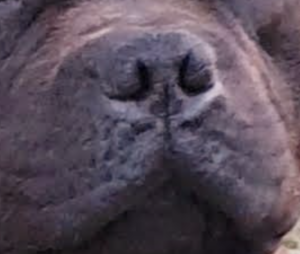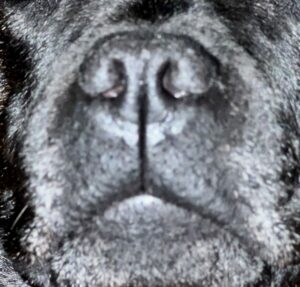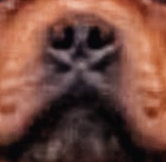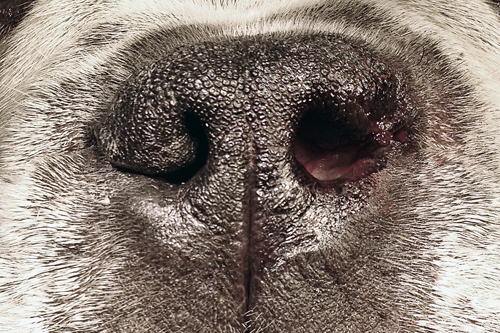Questions you should ask potential breeders.
When going to select your Staffordshire Bull Terrier puppy, there are several very important questions to ask the breeder. These will help you determine if you have found a good and reputable person whom you are comfortable with. After discussing the following points with the seller, ask yourself, “Is this the right breeder for me?”
Regarding the Puppy’s Background:
Specifically, what health testing has been done on the parents and what are the results? (health testing should include Hips (either OFA or PennHip), OFA Elbows, OFA Patellas, OFA Thyroid, CERF, OFA Cardiac), DNA L2-HGA, DNA Hereditary Cataracts or proof of parents testing clear.
In this puppy’s pedigree, what is the incidence of hip dysplasia, heart defects, elbow/shoulder dysplasia, demodectic mange, thyroid dysfunction, seizures and allergies? (Genetic defects such as heart conditions, and diseases related to immune system dysfunction such as allergies or demodectic mange, are surfacing in alarming numbers. These problems are more evident now that more reputable breeders are openly discussing them and sharing their experiences in the hopes of reducing the occurrence of these defects. Seriously question the breeder about the appearance of any of these issues in the puppy’s ancestry.)
Are there any temperament problems in this puppy’s ancestry?
Have the sire and dam been temperament tested?
Do you offer Health/Temperament guarantees with your puppies?
Can you show me certificates proving that the sire and dam are OFA certified or PennHip evaluated? (this is important because it tells a lot about the dedication of the breeder to eliminate genetic problems in the breed), this info can also be verified for free at www.offa.org.
Will you provide me with the pedigree (at least 3 generations, and should be AKC or KC or reputable registry, not UKC), the puppy’s health record, and instructions on how to care for my new dog?
Regarding the Breeder:
How knowledgeable about Staffordshire Bull Terriers are you, and will you share that knowledge with me? (The breeder should be willing and able to answer most of your questions regarding medical care, feeding, diseases, training, what to expect as the puppy grows up, etc. If you have a question that the breeder cannot answer, he or she should have a network of sources available to get the answer for you.)
Does the breeder have more than one breed of breeding dogs?
Will you make yourself available to answer any concerns I may have at any time during the dog’s entire life?
Will you assist me if I cannot keep the dog? (Even with all the careful screening and education that breeders do, occasionally something happens where a purchaser must give up the dog. In the unlikely event that this should happen to you, the breeder should be willing to help place your dog in a suitable new home.)
What are the most important things you strive for in your breeding program? (this should be something to the effect of making the breed better) How much time do you spend planning litters and rearing the pups?
Do you require a spay/neuter agreement on the puppies you sell? (This is a good requirement and you want the breeder to say “yes” unless you are an experienced breeder and you BOTH agree the Stafford shouldnt be intact) Will you ask me a lot of questions during an “interview” process? (All reputable breeders will have lots and lots of questions to ask you. This helps them determine if you are suited to Staffordshire Bull Terriers in general, and to their line of dogs specifically. They need to be certain that you have what it takes to care for one of their dogs for the next dozen or more years. Don’t be offended by these questions. Be happy that the breeder is doing all that he or she can to find a perfect match between dog and your family.)
Is your breeder experienced?
HOW DO YOU KNOW IF YOU ARE DEALING WITH AN EXPERIENCED, KNOWLEDGEABLE, AND REPUTABLE BREEDER? This question can best be answered by considering the conversation that takes place when you meet him or her. A good breeder will want to know things about you, will tell you things about himself, and will tell you things about the dogs in his or her kennel. Here is a guide to help you determine if you are dealing with a good breeder of the Staffordshire Bull Terrier. Regarding You, the Breeder Should Ask Questions Such As:
Who are the members of your household? What is your lifestyle?
What kind of home do you live in?
Do you have a fenced in yard?
What do you know about Staffordshire Bull Terrier?
Regarding Him or Herself, the Breeder Should:
Belong to, and be active in the National and Regional Staffordshire Bull Terrier breed clubs.
Show his/her dogs in conformation and/or agility, nosework, dock diving, barn hunt, obedience or other performance sports.
Actively help with rescue and/or public education for the Staffordshire Bull Terrier.
Require a spay/neuter contract with each sold puppy unless you are an experienced breeder and you BOTH agree the Stafford is a good specimen for producing.
Offer a contract which guarantees health and freedom from genetic defects. Discuss the advantages and disadvantages of owning an Staffordshire Bull Terrie. Discuss general health matters and breed defects found in Staffordshire Bull Terriers. Require you to return the dog if you cannot keep it for some unforeseen reason. Be available to help you at anytime during the dog’s entire life.
Regarding the Dogs in the Breeder’s Kennel, You Should:
Be invited to the breeder’s home to see the dogs if possible or at the very least offer a FaceTime ‘visit’ or meet at a show.
See happy, friendly, outgoing, tail wagging puppies.
Find a clean, safely fenced in, warm, nurturing area for the dogs.
Be referred to previous purchasers to ask them about their satisfaction.
REMEMBER-A GOOD BREEDER IS WORTH FINDING !!!
adapted from alaskanmalamute.org

